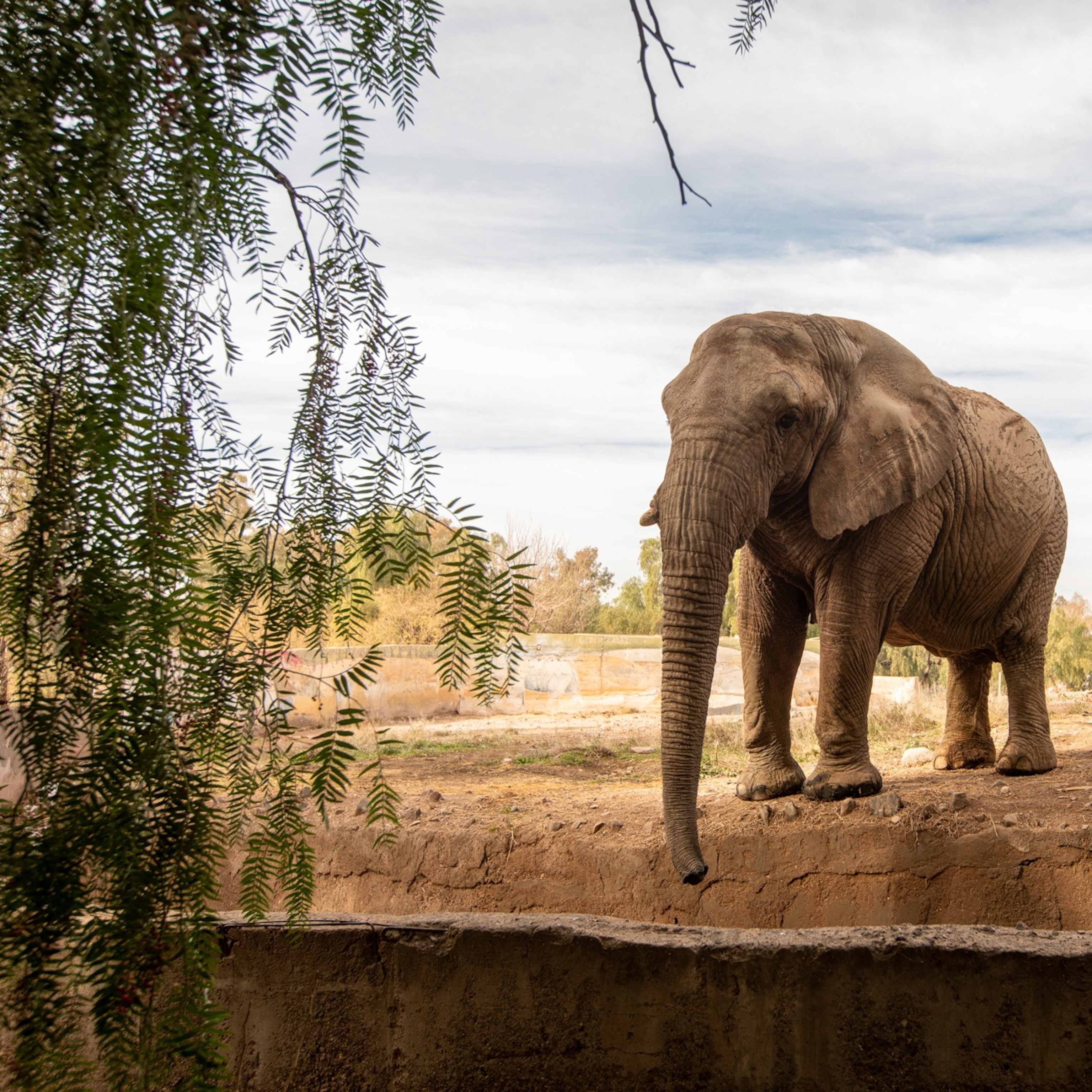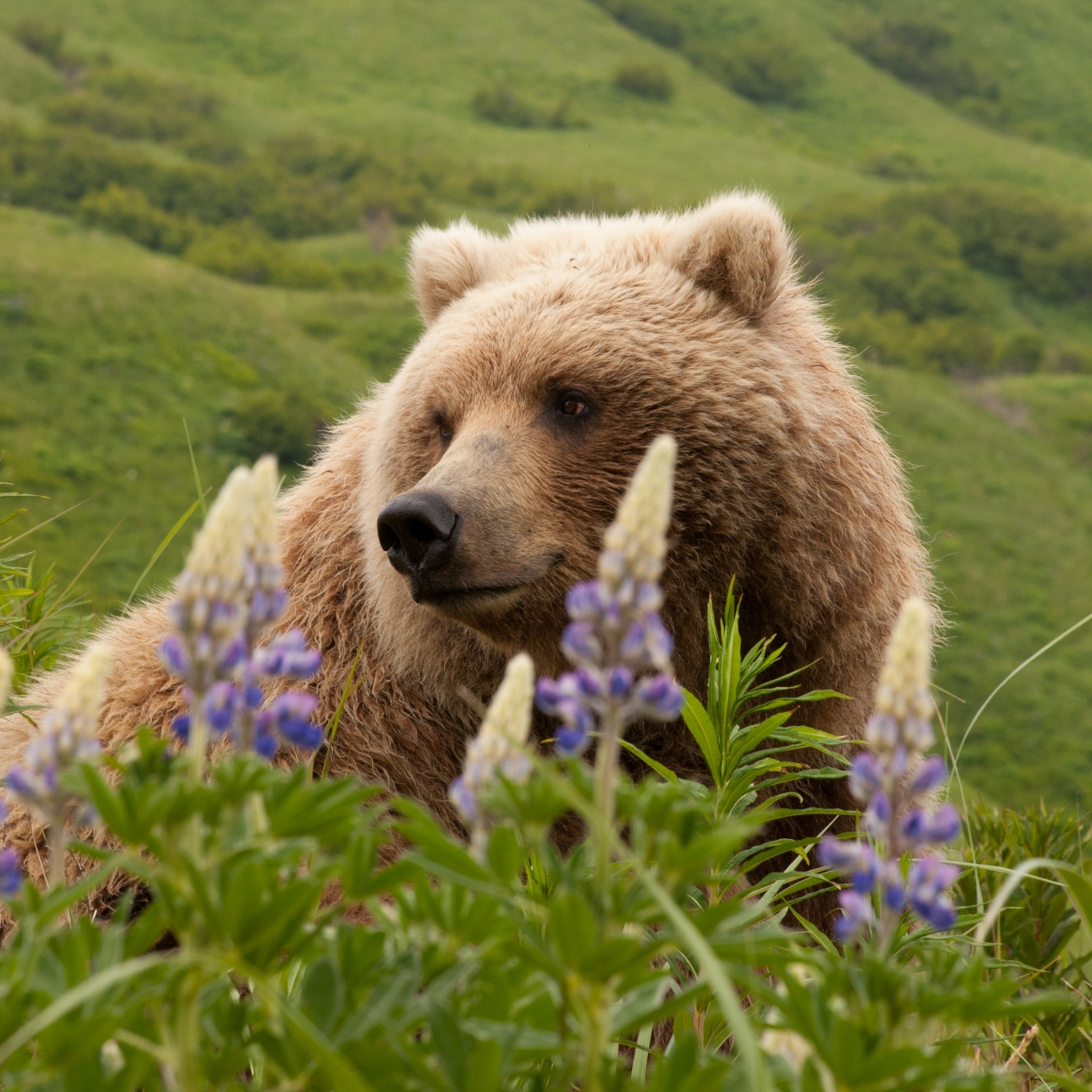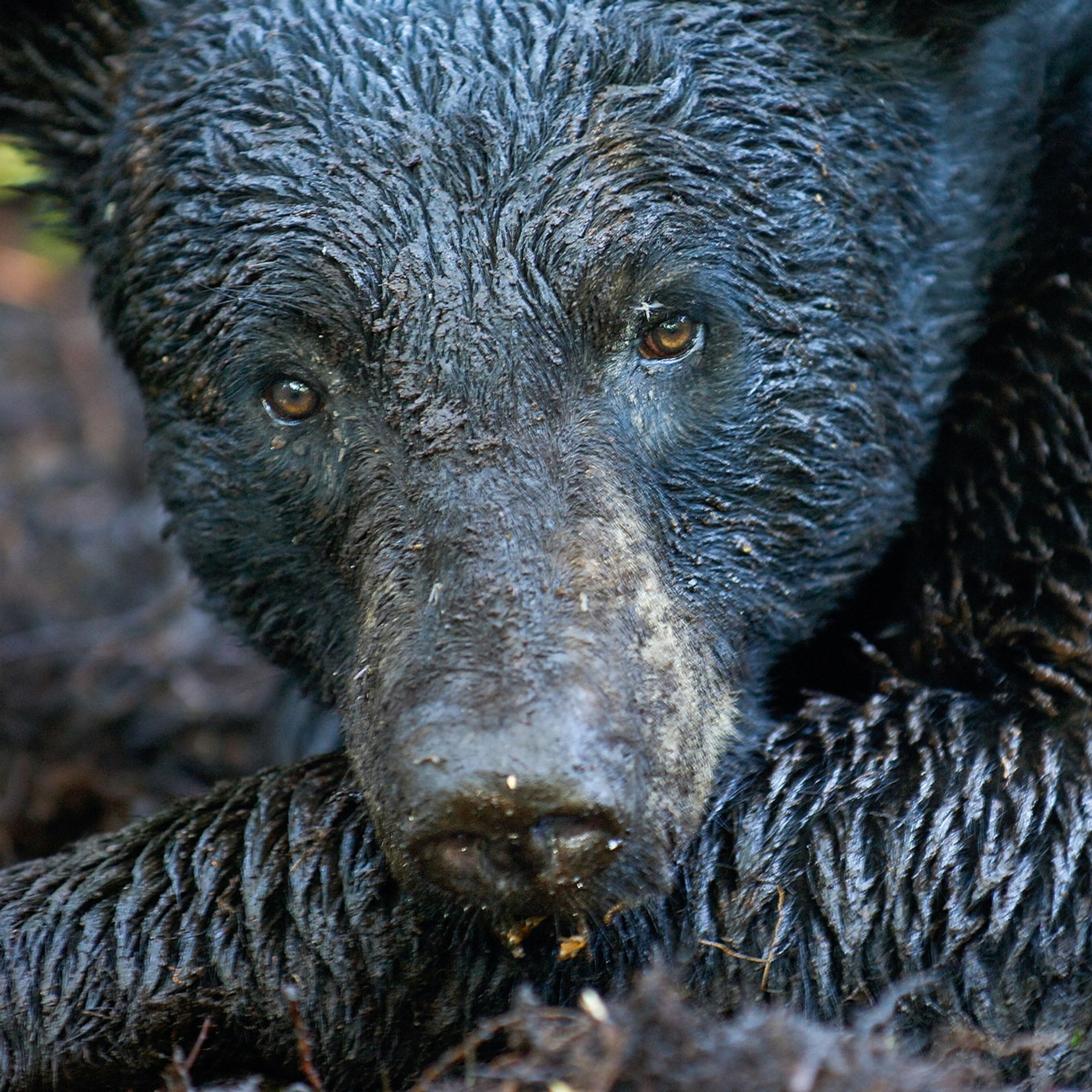
As Bear Bile Farms Close, Captive Animals at Risk
Vietnamese farmers could kill hundreds of captive bears as the country's farmed bear bile industry collapses.
The lives of nearly 1,000 captive bears have been put in jeopardy by the decline of Vietnam’s bile farming industry. An study led by the Australian animal welfare group Free The Bears found that bear bile farms across Vietnam are starving and killing their bears because keeping them alive has become too costly. Profits from bear bile have dropped amid decreasing demand for bile from captive bears and an oversupply, according to the researchers.
Bear bile, a digestive fluid secreted by the liver and stored in the gallbladder, is coveted by some in China and other Asian countries, where traditional medicine practioners advertise it as a cure for everything from hangovers to cancer. Studies have shown bear bile actually can be an effective treatment for some liver conditions, but its active ingredient is already manufactured synthetically.
The study, published July 4 in the journal Oryx, found that Vietnamese bear bile producers have spent nearly 90 percent less on food for their bears since the price of farmed bile began falling in 2010. Anecdotal reports of bears starving to death in Vietnamese bile farms supported their findings. Free The Bears now fears that a mass die-off of Vietnam’s remaining captive bears is imminent.
Government-sanctioned bear bile farming began in China during the mid-1980s as a way to reduce poaching of wild sun bears and Asiatic black bears, both of which are considered vulnerable to extinction. By 2016 more than 13,000 bears were held in bile farms there and elsewhere in Asia, including Vietnam, according to the wildlife trade monitoring network TRAFFIC. In Vietnam, efforts to breed captive bears have been unsuccessful, and as a result, farms are stocked with wild bears captured by poachers.
Vietnam banned bear bile extraction in 2005, but dozens of bear bile farms are still operating. In 2006, Vietnam held an estimated 4,000 bears in bile farms. That’s because the ban contained a provision that allowed existing farms to keep the bears they already had, on condition that their owners sign a written promise not to extract bile from them. This legal loophole, combined with a lack of enforcement, has allowed the industry to persist, the study says.
By 2015, however, the number of bears on farms in Vietnam had fallen to fewer than 1,300. To find out where the bears had gone and why, Brian Crudge—research program manager for the Free The Bears’ Vietnam division and lead author of the study—along with researchers from the nonprofit WildAct Vietnam and Vinh University spent most of 2016 interviewing bear bile producers across the country.
More than two-thirds of the 66 current and former producers they questioned said that keeping bears for bile was no longer profitable. Just over half claimed they’d shut down operations during the past two decades. And of those former producers, half admitted to killing bears during their farm’s closure.
“I'm not surprised that they no longer see the value in investing in bear food and that they're just killing them off,” Crudge says. “When the bile is no longer valuable, it becomes unprofitable to keep the bears, so they kill them and sell the parts.”
A slaughtered bear can provide plenty of income for a struggling producer. Their paws, gallbladders, teeth, and claws all fetch high prices on the black market. Paws are used in bear paw soup, considered a delicacy by some, and bear paw wine; teeth and claws are turned into trinkets and jewelry; and gallbladders are used to make traditional medicines.
Bile farms are notoriously inhumane—bears are typically brought in as cubs and kept in cages where they can barely move. Bile is extracted daily from the animals by means of a catheter, which can be extremely painful, according to Crudge.
Vietnamese bile producers attribute the falling demand for farmed bear bile to government intervention, shifting consumer trends, and concerns over the potency of farmed bile. Bear bile extracted from wild bears is worth up to 12 times more than bile extracted from captive bears, according to producers’ reports. They attributed this disparity to the widespread belief that wild bears have higher quality bile than captive bears. Even so, they said the price of bear bile, both farmed and wild, has fallen by roughly 13 percent in recent years.
“I think the long term trend is demand is falling, and people who are invested in this work may be left high and dry,” says Douglas MacMillan, professor of biodiversity economics at the Durrell Institute of Conservation and Ecology at the University of Kent, in England. MacMillan, who was not involved with the study, says young Asian consumers aren’t as fond of traditional medicine as their elders, which helps explain the declining market for farmed bear bile.
In 2017, Vietnam solidified its commitment to ending the practice by vowing to transfer all remaining captive bears to rescue centers. The bears are usually too traumatized to be returned to the wild, and with an estimated 900 bears still in captivity across Vietnam, finding space for them all will be a challenge. (Related: Bears Are Being Milked for Bile. Vietnam Pledges to Rescue Them.)

“The best hope for these bears is that they’ll be rescued, but for that to happen, the government would have to crack down quickly,” Crudge says.
Free The Bears, Animals Asia, and a handful of other organizations have rescue centers in and around Vietnam, most of which are at capacity. According to Crudge, Free The Bears is building an additional rescue center to accommodate Vietnam’s remaining captive bears.
Annie Roth is a freelance writer based in Santa Cruz, California, who uses journalism to put a spotlight on marginalized conservation issues. Roth has written for National Geographic, Science, the San Jose Mercury News and other publications. Follow her on Twitter. @AnnieRoth_AtSea








